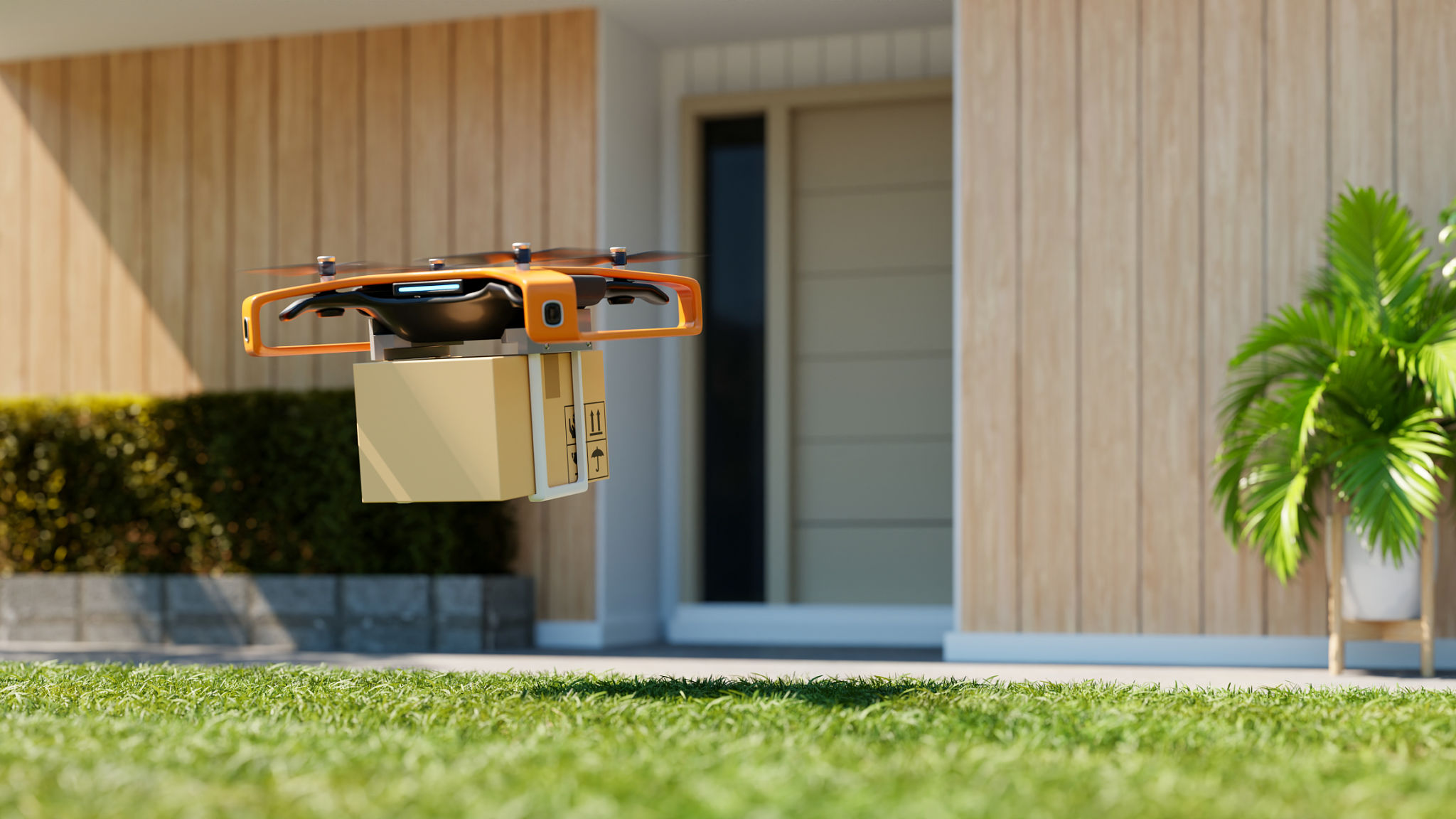Analyzing the Latest Trends in UAV Technology for Commercial Applications
Introduction to UAV Technology
Unmanned Aerial Vehicles (UAVs), commonly known as drones, have revolutionized various industries with their versatile applications. From aerial photography to agricultural monitoring, these flying machines are transforming the way businesses operate. As UAV technology continues to advance, it’s essential to analyze the latest trends shaping their commercial applications.

Enhanced Autonomous Capabilities
One of the most significant advancements in UAV technology is enhanced autonomy. Modern drones are increasingly equipped with sophisticated sensors and AI algorithms that allow for autonomous navigation and decision-making. This capability reduces the need for human intervention, making UAVs more efficient and reliable.
Autonomous drones are now capable of performing complex tasks such as obstacle avoidance, precision landing, and even fleet coordination. These advancements not only improve safety but also broaden the scope of commercial applications, from search and rescue missions to automated delivery systems.
Integration of AI and Machine Learning
The integration of Artificial Intelligence (AI) and Machine Learning (ML) has opened new possibilities for UAVs. These technologies enable drones to process vast amounts of data in real-time, providing valuable insights for businesses. For instance, in agriculture, AI-powered drones can analyze crop health and predict yield outcomes by processing high-resolution images.

Furthermore, machine learning algorithms can enhance UAV capabilities by learning from past missions. This continuous improvement leads to more accurate data collection and analysis, which is crucial for industries such as construction, where precision is paramount.
Advanced Imaging and Sensing Technologies
The evolution of imaging and sensing technologies is another trend propelling UAVs into new commercial territories. Modern drones are equipped with high-resolution cameras, thermal sensors, and LiDAR systems. These tools allow for detailed mapping, inspection, and monitoring, which are invaluable for sectors like infrastructure and environmental conservation.
- High-resolution cameras: Capture detailed images and videos for media and entertainment industries.
- Thermal sensors: Identify heat signatures for search and rescue operations.
- LiDAR systems: Create precise 3D maps for construction and urban planning.

Regulatory Developments and Challenges
Despite these technological advancements, UAVs face regulatory challenges that impact their commercial deployment. Governments worldwide are implementing regulations to ensure safe and responsible drone usage. These regulations often cover aspects such as flight zones, altitude restrictions, and privacy considerations.
For businesses, staying informed about these regulations is crucial. Compliance not only ensures legal operation but also fosters public trust in UAV applications. As regulations continue to evolve, companies must adapt to remain competitive in the marketplace.
The Future of UAV Technology
The future of UAV technology holds immense potential as innovations continue to emerge. From swarm technology enabling coordinated drone operations to breakthroughs in battery life extending flight durations, the possibilities are endless. Businesses that embrace these advancements are poised to gain a competitive edge in their respective industries.

In conclusion, analyzing the latest trends in UAV technology reveals a dynamic landscape with promising opportunities for commercial applications. By leveraging enhanced autonomy, AI integration, advanced imaging, and navigating regulatory landscapes, businesses can harness the full potential of drones to drive innovation and growth.
